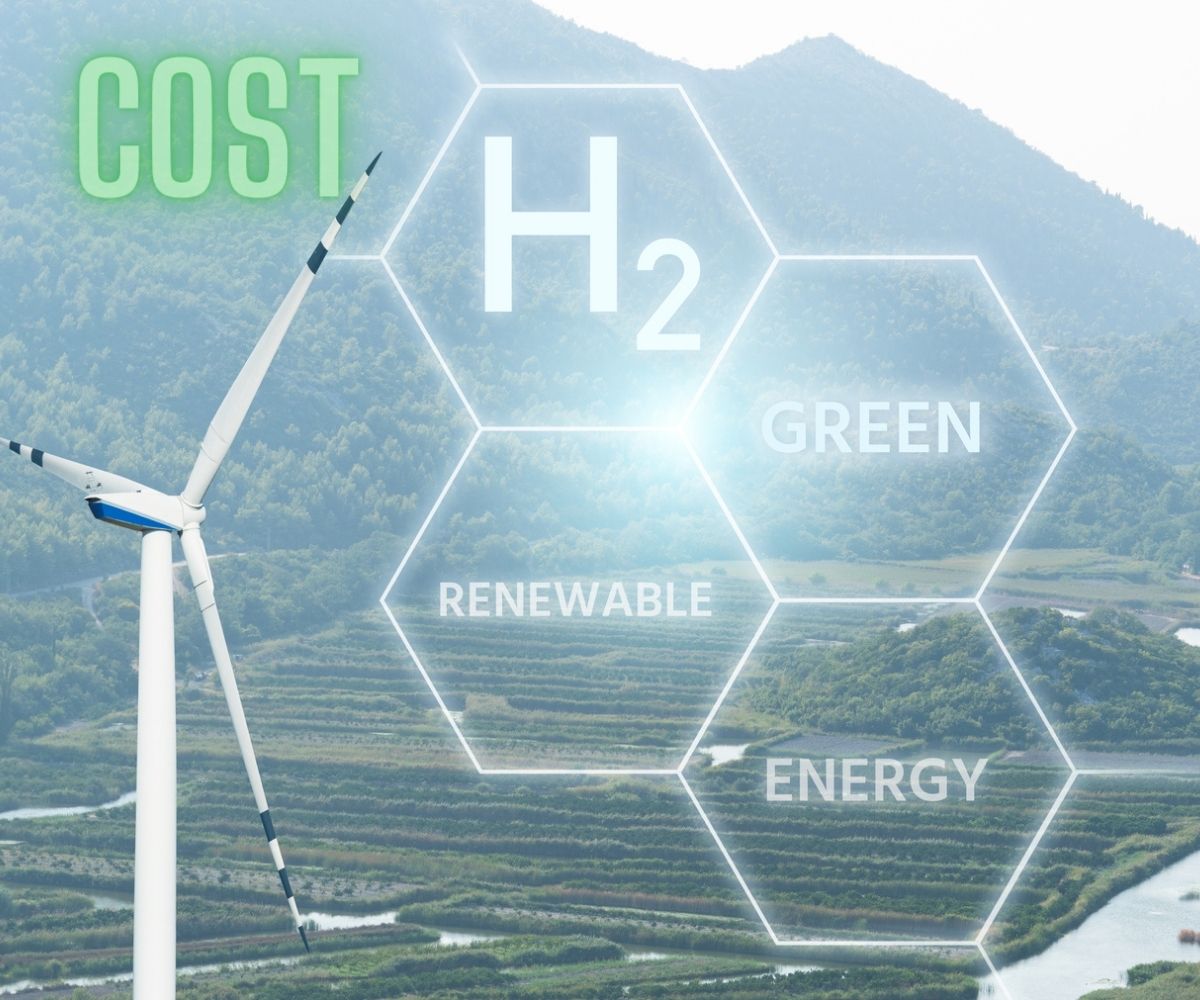
Green Hydrogen Economy: Tackling Challenges and Harnessing Opportunities
August 18, 2023The increasing rates of global warming and decreasing levels of natural resources have contributed to alarming levels of environmental damage. According to the World Resources Institute (WRI) energy consumption is by far the biggest source of human-caused greenhouse gas emissions, responsible for a massive 75.6% worldwide. Within the energy sector, heat and electricity generation is responsible for most emissions (31.8%), followed by transportation (17%) and manufacturing and construction (12.7%). To face the climate challenge, we need to look at alternative energy sources and replace greenhouse gas-generating fuels with clean energy.
One of the most promising opportunities in this space is green hydrogen.
Green hydrogen is a sustainable fuel source that is produced with renewable energy and does not release carbon emissions. This form of hydrogen could offer a solution for sectors that are hard to decarbonise, such as steel and long-haul transport, and can help reduce the UK’s dependence on imported fuels, while boosting the economy.
According to independent data, the creation of a UK hydrogen economy could add £48bn to the UK economy annually with the potential for £200bn of gross value added (GVA) and up to 120,000 jobs from the production of green hydrogen and export of electrolysers to overseas markets. However, there are some challenges around the production, storage and distribution of green hydrogen that need to be addressed by all industry players to be able to reap these significant benefits. 
Cost and scalability
One of the biggest challenges is the cost and complexity associated with large-scale production of green hydrogen. According to the International Energy Agency, producing a kilogram of green hydrogen can cost $3-$8. That compares to $0.5-$1.7 for producing the same amount of hydrogen using natural gas and up to $2.5 per kg with coal. To address this challenge, it is imperative to find more cost-effective ways of generating green hydrogen.
Green hydrogen is typically produced through a process of electrolysis powered by renewable energies such as wind or solar, so reducing the cost and the complexity of this process could be a significant step forward. One way to do this is by applying materials science to make the production of green hydrogen more cost-effective and efficient. For instance, materials such as Nanostructured Supported Iridium Catalyst Powder can reduce the amount of iridium, a rare precious metal that is required to meet the stringent efficiency and lifetime requirements of water electrolysers, resulting in substantial cost savings.
Another approach that can be very useful is using membrane separation technologies to explore new applications in low-carbon-intensity energy separations. While membrane separations are established technologies in various sectors, new solutions can improve and scale up renewable fuel production, battery recycling and decarbonisation technologies like carbon capture.
Given that more than 95% of current hydrogen production is fossil-fuel based, there could be a substantial opportunity to address the needs of organisations in the field of green hydrogen, a market that is expected to grow to $4.3 billion by 2026. Therefore, finding effective solutions to streamline the production of green hydrogen and make it more cost-effective will be key for enabling businesses and society to make the most of this opportunity.
Storage and distribution
Hydrogen is significantly lighter than the air we breathe and requires much more storage space than other gases under normal atmospheric pressure. This means that storing and transporting hydrogen in its natural condition is not viable as it will require large storage facilities to produce relatively small amounts of energy. To address these challenges, the industry is investing considerable technical resources to increase hydrogen density and reduce the size of storage facilities. One of the most effective ways to achieve this is by producing liquified hydrogen which requires much less space.
However, liquid hydrogen needs to be kept in a leak-proof environment under very specific conditions; a temperature of -253 Celsius and compressed to 700 bar pressure. Keeping liquid hydrogen in compressed storage requires a lot of energy and durable storage containers as liquid hydrogen can be absorbed by metal which makes it very difficult to transport. To resolve this problem, liquified gases like hydrogen are typically stored in double-walled tanks with a ring-shaped space filled with insulating material. This is known as cryogenic or cold storage.
Historically, an expanded volcanic glass called perlite was typically used to fill the circular space in cryogenic storage vessels. However, these products are quite costly. An alternative and much more cost-effective option is using glass bubbles which have significant advantages over perlite when it comes to thermal efficiency, durability, and weight savings. With their engineered spherical glass shape, low thermal conductivity, and high strength-to-density ratio, glass bubbles offer a more effective and economical alternative to traditional cryogenic insulation.
Infrastructure 
Ultimately, to be able to safely produce, store and distribute green hydrogen, we need to build effective infrastructure that underpins the hydrogen economy. This requires building specialised storage facilities with access to transportation services and a distribution network, including hydrogen-equipped ports, vessels, and trucks. We also need to ensure this distribution infrastructure is safe as hydrogen is a highly flammable gas that can leak from pipelines or storage tanks, if not stored correctly.
To be able to address our climate challenges, we need to remove the barriers to wider adoption of green hydrogen and scale up its production and distribution fast. Green hydrogen can play a significant role in reducing global carbon emissions by providing a clean and sustainable energy source for transportation and power generation. The aviation and transportation industries are likely to be early adopters of green hydrogen as this technology can revolutionise travel by significantly reducing the carbon footprint of air and ground transportation.
By introducing policies that encourage investment in green infrastructure and by working together to streamline the production and distribution of green hydrogen, we can accelerate the adoption of green energy and drive positive change. As we move towards a cleaner, greener future, investing in hydrogen technologies will be vital to achieving our climate goals and creating a more sustainable world for future generations.



 With over 15 years of reporting hydrogen news, we are your premier source for the latest updates and insights in hydrogen and renewable energy.
With over 15 years of reporting hydrogen news, we are your premier source for the latest updates and insights in hydrogen and renewable energy.